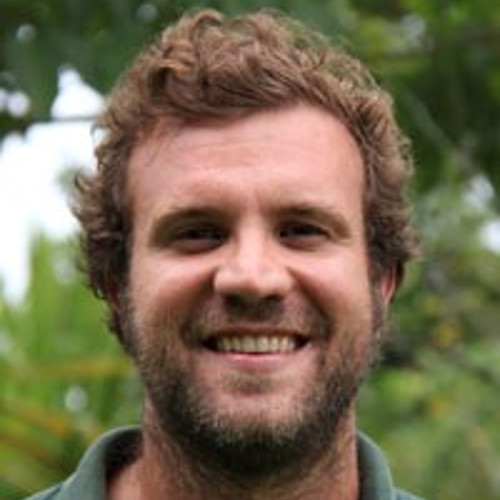Soil-microbial-plant signals and effects on plant eco-physiological performance for mine site restoration.
by Wei San Wong
Globally, importance of soil biological properties such as microbial composition and the benefits conferred to soils and plants were often undervalued in mine site restoration. Microorganisms have been widely reported to be beneficial on agricultural crops. These benefits include growth stimulation, increased nutrient uptake, plant tolerance against abiotic stress such as drought etc., which are induced by microbial signals, such as phytohormones and enzymes. Some of these beneficial microorganisms are also present in natural soil systems and may confer similar benefits via various microbial signals such as phytohormones, phytohoromone precursors or metabolites that have yet been identified. Furthermore these microorganisms may play an important role in rebuilding ecosystems, particularly in stressful post mining situations, however this is to be determined. PhD student Wei San Wong is investigating if microorganisms with similar abilities can be identified and isolated from the Western Australian natural systems and the mechanisms involved in the positive effects of microorganisms on the plants and explore how these findings can be integrated to improve mine site restoration strategies.
Background
Globally, importance of soil biological properties such as microbial composition and the benefits conferred to soils and plants were often undervalued in mine site restoration. Microorganisms have been widely reported to be beneficial on agricultural crops. These benefits include growth stimulation, increased nutrient uptake, plant tolerance against abiotic stress such as drought etc., which are induced by microbial signals, such as phytohormones and enzymes. Some of these beneficial microorganisms are also present in natural soil systems and may confer similar benefits via various microbial signals such as phytohormones, phytohoromone precursors or metabolites that have yet been identified. Furthermore these microorganisms may play an important role in rebuilding ecosystems, particularly in stressful post mining situations, however this is to be determined. These will be investigated through bioinformatics studies of existing known phytohormone biosynthetic gene sequences and mine site soil metabarcoding and metagenome data; and experimental works in the glasshouse and field to observe the eco-physiological response and performance of various plants to the microorganisms. Microbial signals will be isolated from soil and plant xylem sap, and identified via various established biochemical analytical methods such as ELISA and mass spectrometry.
Aims
1) Identification and isolation of plant growth beneficial microorganisms from the Western Australian natural systems;
2) Elucidate the mechanisms involved in the positive effects of microorganisms on the plants
3) Integrate project findings to improve mine site restoration strategies (including topsoil handling techniques).
Significance
Works reporting on the beneficial effects of microorganisms on growth stimulations and drought resistances relating to Australian non-agricultural plants are limited. Available examples are based on Eucalyptus and Acacia species amongst the diverse plant species native to Australia. Furthermore, little is known about the mechanisms behind these benefits. Studies on the mechanisms behind these benefits were mainly performed on the model plant Arabidopsis thaliana and agricultural crops. Much of the positive interactions between microorganisms and native Western Australian plants and the mechanisms behind these interactions remain to be elucidated.
This project will shed light on the global soil microbe functional capability and revolutionize soil management practices. Other practical applications resulting from this project include the development of method(s) to rejuvenate disturbed or even degraded soil. Identified microorganism(s) conferring growth stimulation and/ or drought tolerance on Western Australian native plants, have the potential to be developed into an inoculant for reconstructed soils of the studied post-mine site. This research work could also serve as a ‘protocol’ for identification and eventually development of site-specific inoculants for other sites.





